The Hobo Spider is a species of arachnid in the Agelenidae family. The family contains dozens of different taxonomic genuses and over a thousand different species, including the giant house spider.
People fear this species in particular for its supposed venomous nature. However, research suggests that this species might not pose any danger to humans. Read on to learn about the Hobo Spider.
Description of the Hobo Spider
This species lacks distinguishing characteristics to set it apart from other spider species. It has the general eight legs, and an unremarkable brownish coloration. If you find yourself close enough to observe one closely, you might notice the V-shaped pattern along a portion of the abdomen.
These creatures measure less than an inch long. They range between 6 and 18 mm, with females generally growing larger than males.
Interesting Facts About the Hobo Spider
These creatures have a number of interesting traits and behaviors. Learn more about what makes them unique, below.
- The Hobo Widow – Just about everyone knows the primary behavior of the black widow, that she kills her mate after breeding. Well, the female hobo doesn’t need to kill her mate! After breeding the male of this species simply dies.
- The Hobo Orphan – The female doesn’t outlast the male for long. In most instances, the female perishes shortly after laying her eggs. Only a few cases exist in which the female has survived and bred again the following year.
- S. Introduction – This species originally hails from Europe. However, it has also cropped up near and in homes in the northwest United States. The species likely arrived there through the port of Seattle on ships.
- Uninvited Houseguest – In Europe, this species doesn’t live in or near people’s homes because another species of house spider utilizes those spaces. However, in its introduced range this natural predator does not exist, and the spiders began to build their webs in and near human homes.
Habitat of the Hobo Spider
This species prefers living in quiet, dark locations. It typically builds its web outside, in gardens or beneath rocks. However, in some instances it builds its web near or in human buildings. Some of the different habitats that they occupy include farmland, garden, grassland, suburb, and more.
Distribution of the Hobo Spider
In their natural range, this species lives throughout western Europe. However, people have accidentally introduced this species to British Columbia and the northwest United States. Their introduced populations have since spread inland to Montana, and south to Nevada and Utah.
Diet of the Hobo Spider
Like most spiders, this species feeds on insects, making it an insectivore. It spins a funnel-shaped web, and wandering insects become entangled in the overlapping threads. It eats whatever prey happens into its web, after securely wrapping the insect in a silk cocoon.
Hobo Spider and Human Interaction
Humans do not typically interact with this species. These spiders do not seek interaction in any form, and often avoid areas where humans live. However, in some instances people cross paths with these creatures. Research on the toxicity of the bite of this species varies, and recent studies have indicated that the species does not pose a danger to humans.
Domestication
Humans have not domesticated this creature in any way.
Does the Hobo Spider Make a Good Pet
No, you would not want to keep this spider as a pet. They prefer living solitary lives in quiet, dark spaces.
Hobo Spider Care
People do not generally keep this spider in human care. However, their care would require conditions similar to their natural habitats. They would live in sheltered, secluded areas and eat small insects.
Behavior of the Hobo Spider
This creature lives a solitary life. It avoids contact with other members of its species and other animals, including people. It builds its web in small, dark spaces, such as under rocks or the foundations of homes. The spider passively waits for prey to wander into its web before dashing out to secure its catch.
Reproduction of the Hobo Spider
In most cases, these creatures only breed once in their lifetime, as they perish after mating. The male wanders in search of a female, which he finds and mates within her web. A single female can produce several hundred eggs. She wraps these eggs in one or several egg cases before she dies. The eggs hatch in about six months after winter has passed.
Beliefs, Superstitions, and Phobias About the Hobo Spider
Many people believe that this spider has toxic venom that causes necrosis, or dying tissue. However, recent research has indicated that might not be the case. This species is notoriously difficult to correctly identify. For this reason, scientists believe that the cases of “Hobo Spider” bites actually came from a different species.

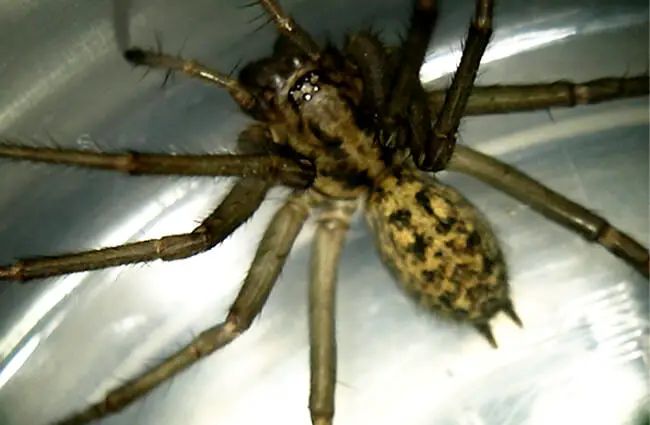

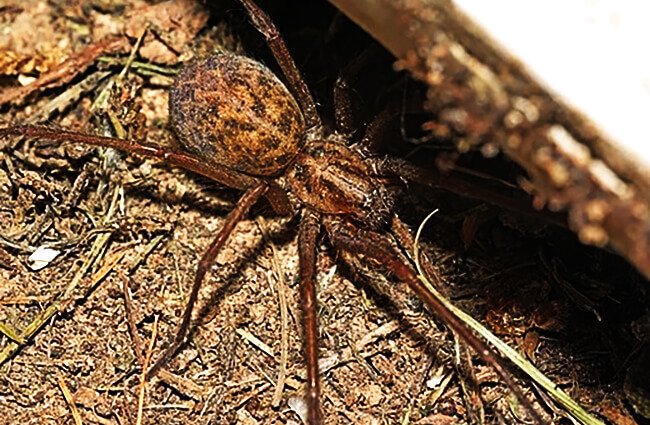
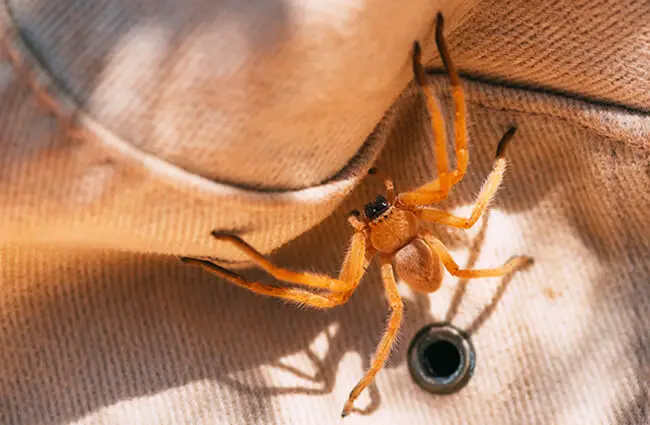

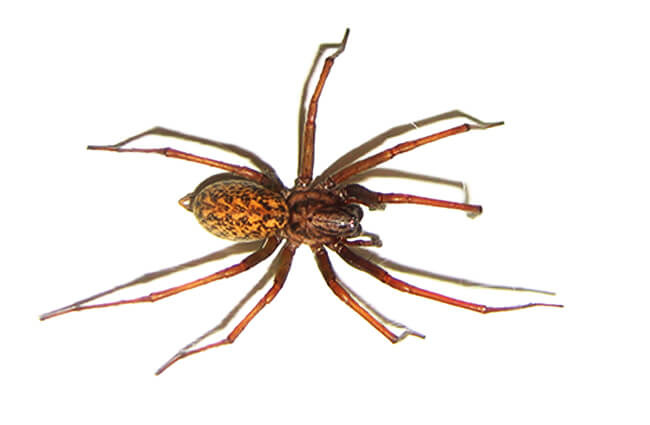

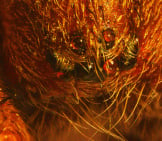

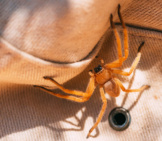
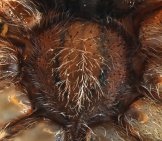

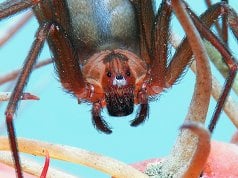
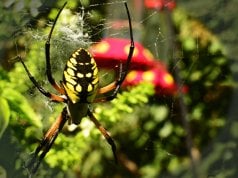











![Red Angus Closeup of a beautiful Red Angus cowPhoto by: U.S. Department of Agriculture [pubic domain]https://creativecommons.org/licenses/by/2.0/](https://animals.net/wp-content/uploads/2020/03/Red-Angus-4-100x75.jpg)

